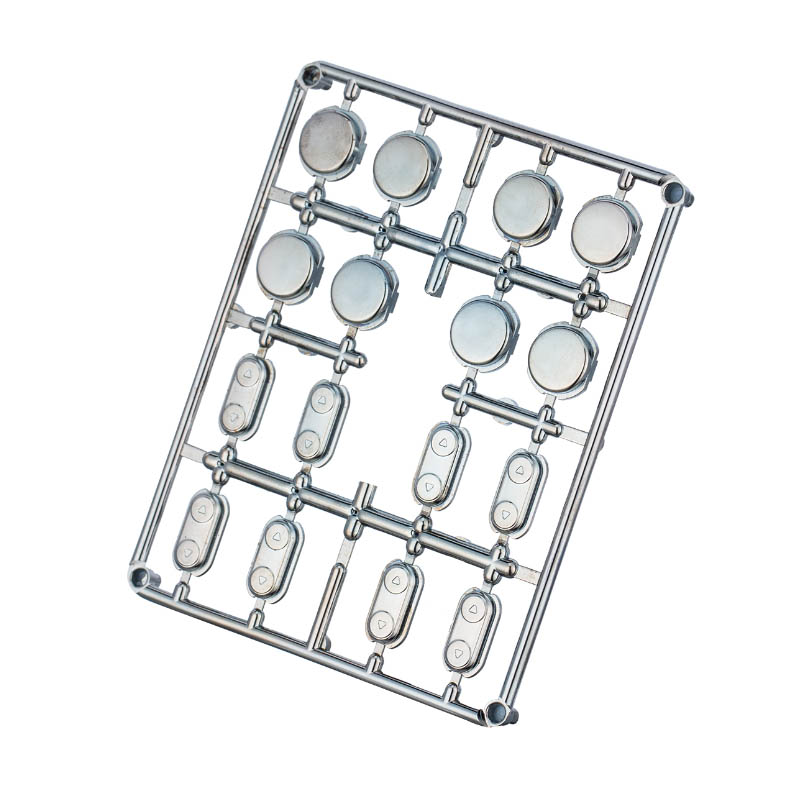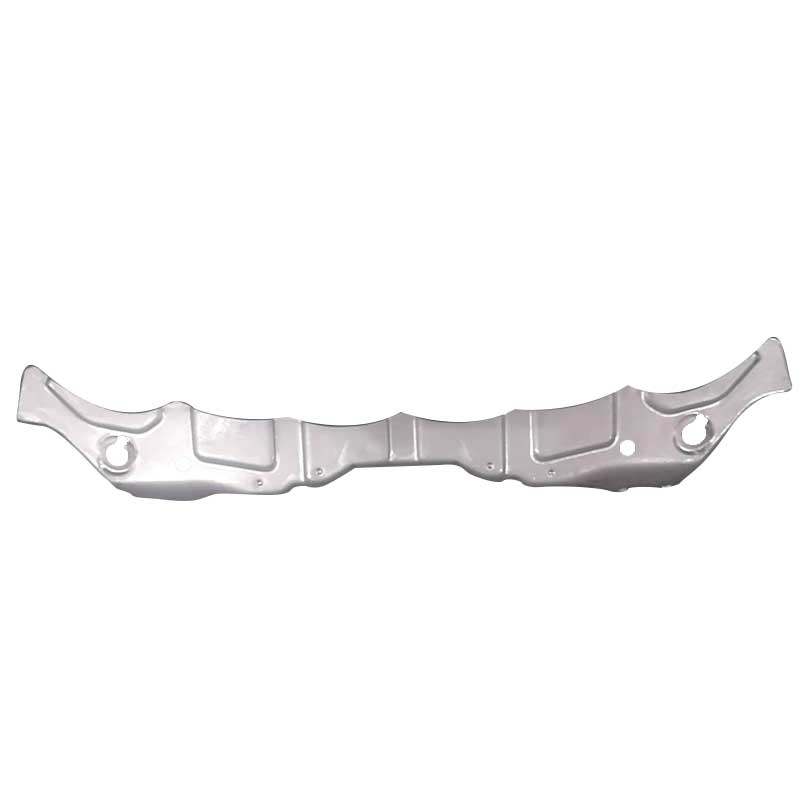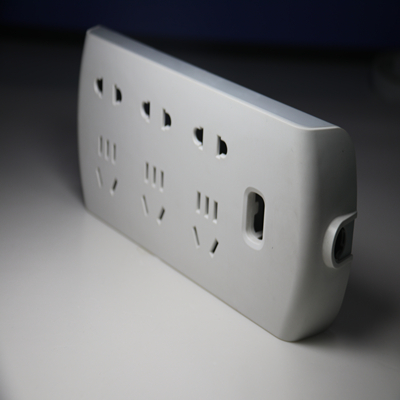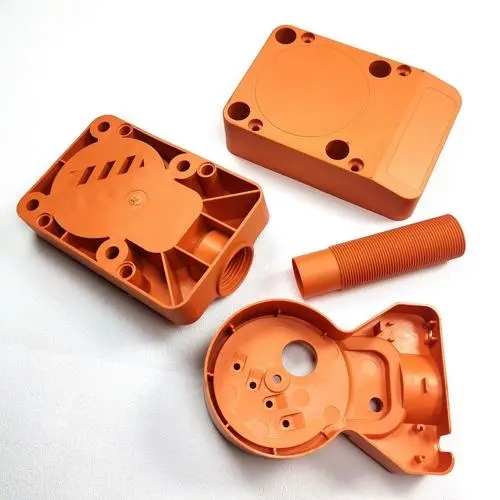Electronic product injection molding
Electronic button plastic injection molding processing
- Product ID: 9529
- size: 90
- Material Science: ABS
- INQUIRY
Streamlining Electronic Button Production with Plastic Injection Molding
Introduction:
In the world of electronics, buttons play a crucial role in user interaction and control. From smartphones to remote controls, electronic devices rely on buttons for various functions. To meet the demand for high-quality buttons, manufacturers turn to plastic injection molding, a versatile and efficient process that allows for the production of precise and durable electronic buttons. This article will explore the plastic injection molding process for electronic buttons, highlighting its benefits and key steps.
Step 1: Design and Mold Creation
The first step in plastic injection molding is designing the electronic button and creating a mold. The design phase involves determining the button's shape, size, and functionality. Once the design is finalized, a mold is created using computer-aided design (CAD) software and precision machining techniques. The mold is typically made from hardened steel or aluminum and consists of two halves: the cavity and the core.
Step 2: Material Selection
Choosing the right material is crucial for electronic button production. The material should possess properties like impact resistance, durability, and good electrical conductivity. Commonly used materials for electronic buttons include ABS (Acrylonitrile Butadiene Styrene), PC (Polycarbonate), and POM (Polyoxymethylene). The material selection depends on factors such as the button's application, desired aesthetics, and budget.
Step 3: Injection Molding Process
The injection molding process begins with the preparation of the plastic material. The selected material is melted and injected into the mold cavity under high pressure. The mold is then cooled to solidify the plastic, and the two halves of the mold are separated to release the finished button. The process is repeated for each button, ensuring consistency and precision in production.
Step 4: Post-Processing and Finishing
After the buttons are molded, they undergo post-processing to remove any excess plastic or imperfections. This may involve trimming, polishing, or surface treatment to achieve the desired finish. The buttons can also be customized with printing or laser engraving for labeling or branding purposes.
Step 5: Quality Control
Quality control is an essential aspect of plastic injection molding. The buttons are inspected for dimensional accuracy, surface finish, and functionality. Various tests, such as button actuation tests and electrical conductivity tests, are conducted to ensure that the buttons meet the required specifications.
Conclusion:
Plastic injection molding has revolutionized the production of electronic buttons, enabling manufacturers to produce high-quality, precise, and durable components. The process offers numerous advantages, including cost-effectiveness, scalability, and the ability to create complex designs. By following the key steps of design, mold creation, material selection, injection molding, post-processing, and quality control, manufacturers can streamline the production of electronic buttons and meet the growing demand for innovative and reliable user interface solutions.
Categories
Blog
Contact Us
Contact: plastic injection molding Company
Phone: +86 181 6575 9852
Tel: +86 755-27164277
E-mail: windward@seaiint.com
Add: Northwest of Huihao Industrial Park, No. 1, Chuangwei Road, Guangming District, Shenzhen






